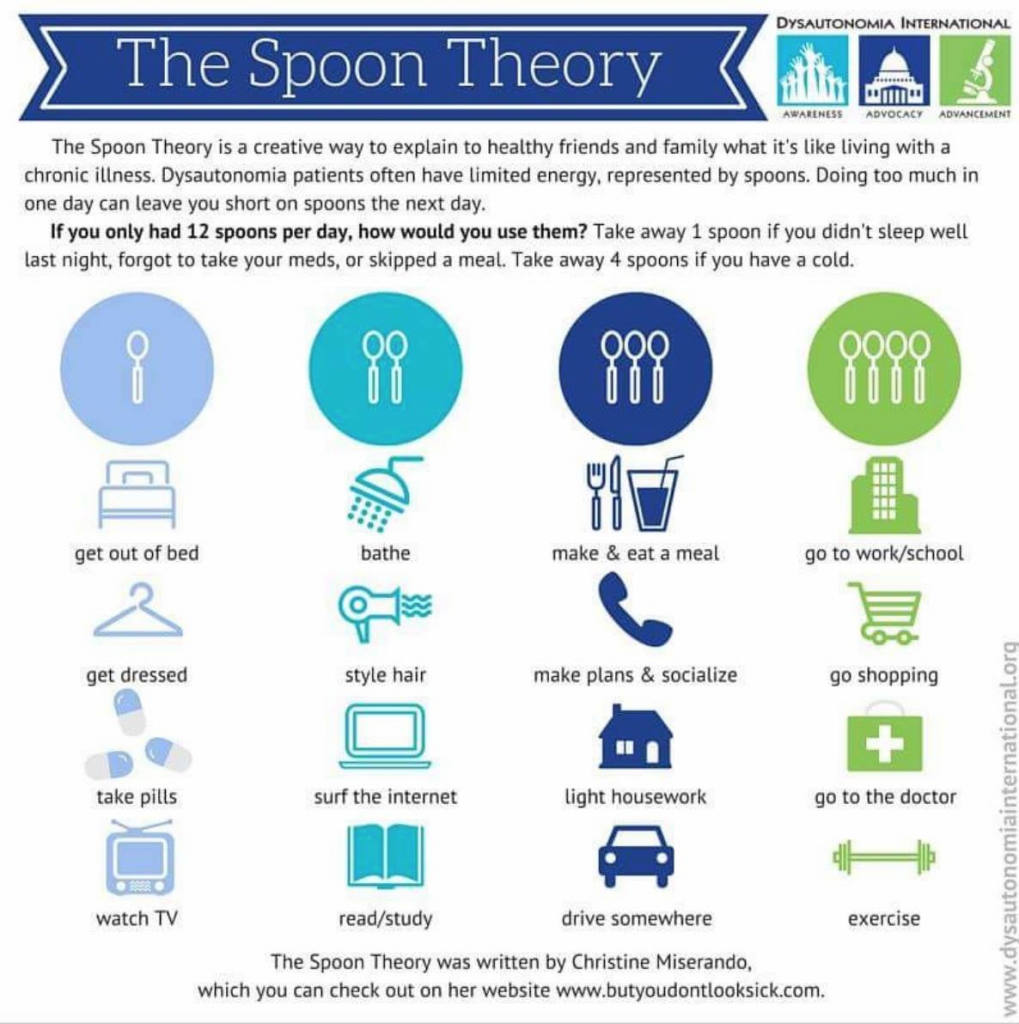
This month has been an absolute scorcher across our region until the social distancing restrictions were lifted… then we got overnight frost, snow, and rain. Typical! Most of our members have been enjoying the weather, either basking in the warmth or getting a bit of gardening done. I had some trees pruned in my garden, they were well overdue the pruning, to be honest, then for a bit of fun and frivolity, I bought a garden shredder and slowly over about a fortnight I shredded all the branches and twigs to be used as mulch on my garden. A job well done I think.
My two rescue terriers have discovered the garden and the joys of sunbathing. This is the first summer that I have had them both and just like two wee children they get up to mischief. I am spending a lot of my time putting up barricades to protect my low-maintenance plants, which are becoming higher maintenance by the day. Of course, the dogs look like butter wouldn’t melt… ..
..
Our member Mary has been busy in her garden whilst the good weather has been on. Mary painted her own ornaments to brighten up her wee patch.


Also the beautiful amaryllis is one of Mary’s successes with house plants.
When I was iIl I thought I would include The Spoon Theory graphic this month, just as a reminder of an easy way to explain about our problems with energy levels.
The spoon theory was developed by Christine Miserandino who has Lupus an invisible disease that causes chronic fatigue and chronic pain, amongst other symptoms which limit energy levels and the ability to undertake normal everyday tasks. I found this very helpful when I was first diagnosed with fibromyalgia. The general theory can be used for any illness which limits energy levels on a daily basis.
How Spoon Theory Works
- A person has roughly the same amount of energy each day.
- Each unit of energy is represented by a spoon.
- Healthy people have unlimited spoons (energy) and are also available to plan repeated activities without concern for fatigue or brain fog.
- Some activities cost more spoons than others.
- A person with a fatiguing chronic illness needs to make decisions about which activities to spend their limited number of spoons (energy) on — the illness stops them from doing many things they want to do.
- Chronic illness means that if the person does too much in the morning, they will not have enough spoons left for the afternoon or evening.
- The chronic illness may mean that a person can do something in the morning OR in the afternoon – but NOT both. They may seem inconsistent because their energy levels and number of spoons fluctuate.
- A healthy person does not need to plan how to spend their spoons, because they do not have an illness that limits them

Article links:
The links below were posted during March by members of our Facebook page. You can read members’ comments about them there. Most of the titles are self-explanatory, but if not just click on them to find out more.
Using A Heart Rate Monitor to Prevent Post-Exertional Malaise in ME/CFS
Postural Orthostatic Tachycardia Syndrome (PoTS)
A couple of weeks ago there was a post on the Facebook page about a recipe book which is written by a man who suffers chronic illness. I decided to purchase this, and am pleasantly surprised at the hints and tips included in the book.
(For clarity I have no links with this author or the book, and am not in any way encouraging anyone to buy it.)
There are no pictures of the food which lowers expectations of producing a perfect plateful. Also there are options throughout the book for changes to a recipe to make it a bit different, so that if you like a particular recipe and find it easy to cook then you can tweak it for a bit of variety.
Personally I am as vegan as i can be….I have chickens so i eat eggs. I find this helps with my IBS but am not qualified to suggest this route for anyone else. I also follow a gluten free diet due to a definite gluten intolerance. For this section of the blog I am happy to endorse all aspects of food preferences,
As a result of dealing with fibromyalgia for over 10 years I have adapted my cooking style somewhat similarly to the author of the book. I have a rice cooker which I originally got because I have issues straining rice, or vegetables, holding a heavy pan and boiling water….its a recipe for tragedy in my house. The rice cooker alleviates the need for straining. I have a curious mind so I decided to try to cook pasta in the rice cooker too. It was a bit of a trial and error to be fair, judging the amount of water needed is different to when cooking rice, but I got the hang of it quite quickly. Also one of the features I like is that the rice cooker turns itself off after the set time, a boon for fibro fog moments ….what pan? what stove? So then I realised that I could put chopped vegetables into the rice cooker and saute them ready for a pasta sauce. I always use frozen chopped vegetables, which means less energy spent in the kitchen preparing for cooking. So here we have a great easy meal prepared by cooking the pasta, adding the veg and sauteeing, then stirring in grated cheese and as they say The jobs a good un!! Sometimes I add passata for a bit of a tweak.



Hi Eileen thank you for the blog with lovely pictures of Mary’s garden and her excellent Amarilis growing ( I don’t think I spelt that right but spell checker seems happy .) . The pictures of your rescue dogs are great and it’s nice to hear about your garden doing well . My Tam does the cooking as my fatigue is awful at that time of the day and it’s beyond me to work the cooker out . Tam likes cooking although his inability to multitask can be a problem , the cooker is one end and the telly at the other so I need to keep an eye on what’s happening . Well done again .xx